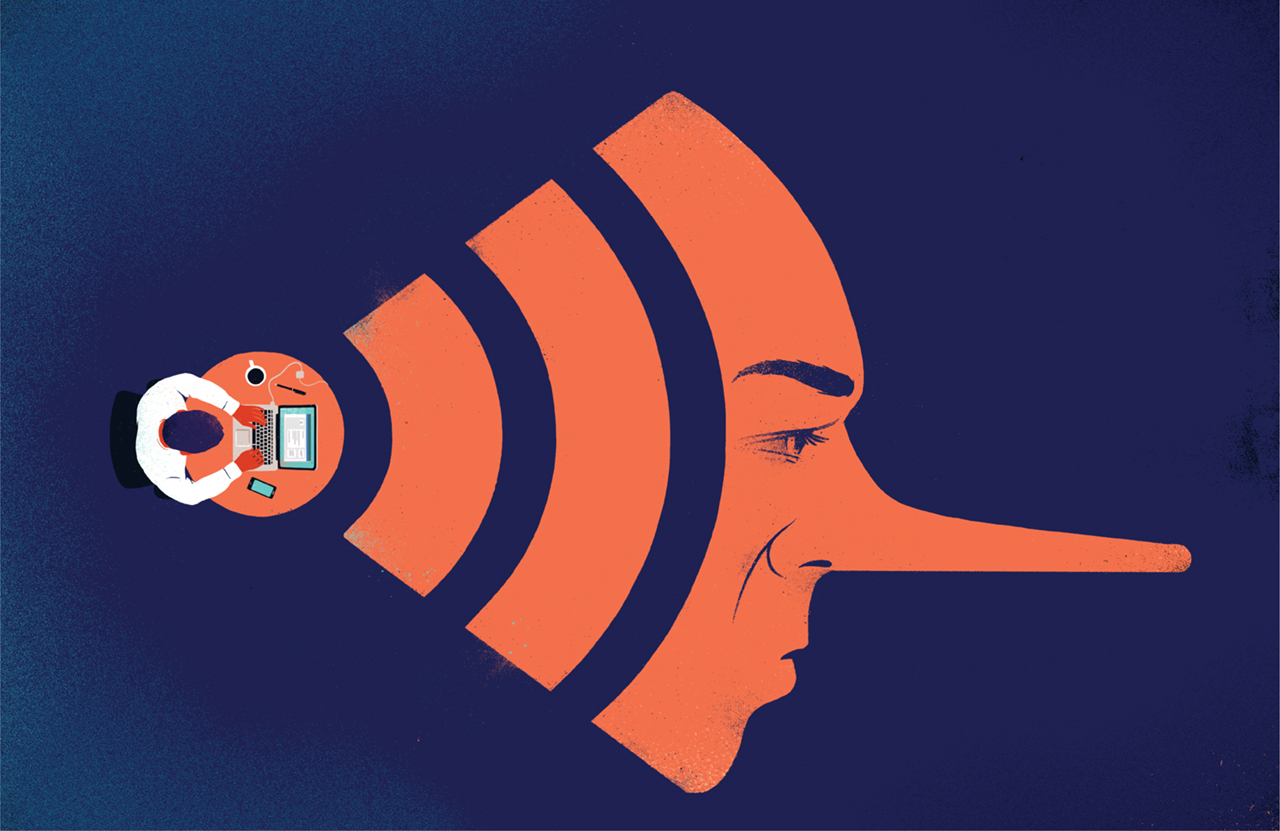
Case Study : Viral News That Turned Out to Be False
Pitchwars – In today’s digital world, viral news false facts can spread faster than ever before. A story might reach millions within hours, but that doesn’t make it true. Therefore, understanding how false news spreads and learning how to stop it are essential skills for anyone online. This case study explores real examples of viral news false facts and explains what we can learn from them.
The 2025 Child Kidnapping Rumor

One of the most famous viral news false facts in Indonesia occurred in early 2023. Messages about child kidnappers circulated on WhatsApp and social media, warning parents across the country. As a result, panic spread, and several innocent people were attacked because of false suspicion. Eventually, the police confirmed that the stories were not true.
This case proves that viral news false facts can create fear and chaos in just a few hours. Because of this, Case Study everyone must think twice before believing or sharing unverified claims.
The “Go Viral First, Investigate Later” Trend
Another powerful example of viral news false facts involved a student named Argo from Gadjah Mada University. His story went viral with the hashtag #JusticeForArgo, and the internet demanded quick action. However, once the authorities investigated, they found many inconsistencies between the viral version and the actual case.
This situation shows a modern phenomenon “go viral first, investigate later.” In other words, public pressure online can influence the truth. That’s why it’s critical to wait for complete information before taking sides on any viral news false facts.
The Role of Fact-Checking Organizations
Fact-checking groups like CekFakta.com and TurnBackHoax.id play a vital role in identifying viral news false facts. However, their work isn’t easy. Case Study In addition, they face time pressure, emotional reactions from the public, and massive volumes of data.
With these organizations, readers have a trusted reference to separate fact from fiction. Therefore, supporting fact-checking teams helps reduce the damage caused by viral news false facts in society.
Why False News Spreads So Easily
False information spreads because it triggers emotion faster than logic.
First, social media algorithms reward content that provokes reactions.
Second, many users share stories without verifying them.
Third, catchy or shocking headlines often get more clicks than factual ones.
Furthermore, people tend to trust news from friends or influencers.
Ultimately, these habits make viral news false facts multiply quickly across digital platforms.
The Real Damage Behind False News
The consequences of viral news false facts can be serious. People can lose their reputation, businesses can collapse, and public panic can escalate. Moreover, the constant spread of fake stories reduces trust in journalists and institutions. For this reason, fighting misinformation is not only a media responsibility it’s a social duty shared by everyone online.
Simple Ways to Identify False News
To stop the spread of viral news false facts, apply these simple strategies:
-
Check the source before believing the content.
-
Read beyond the headline to see the full context.
-
Compare stories with reputable news outlets.
-
Use reverse image search to verify photos.
-
Report fake content when you see it online.
By practicing these steps, anyone can help stop viral news false facts from spreading further.
Lessons Learned from Viral Cases
From these real examples, one truth stands out Case Study speed should never replace accuracy. Additionally, teamwork between users, media, and fact-checkers can stop viral news false facts early. If everyone takes time to verify before sharing, the internet becomes a safer place for all.
Frequently Asked Questions About Viral False News
Are all viral stories fake?
No. Some viral stories are accurate, but not all trending news can be trusted without proof.
How can I check if a story is fake?
Visit trusted websites such as CekFakta.com, Snopes.com, or TurnBackHoax.id to verify claims.
Why do people believe fake stories?
Because false news often uses emotional triggers like fear, anger, or sympathy.
Can big media companies spread fake news?
Yes. Even large outlets can publish viral news false facts if they rush without verifying.
What should I do if I shared false news by accident?
Delete your post, share the correction, and encourage others to verify before reposting.